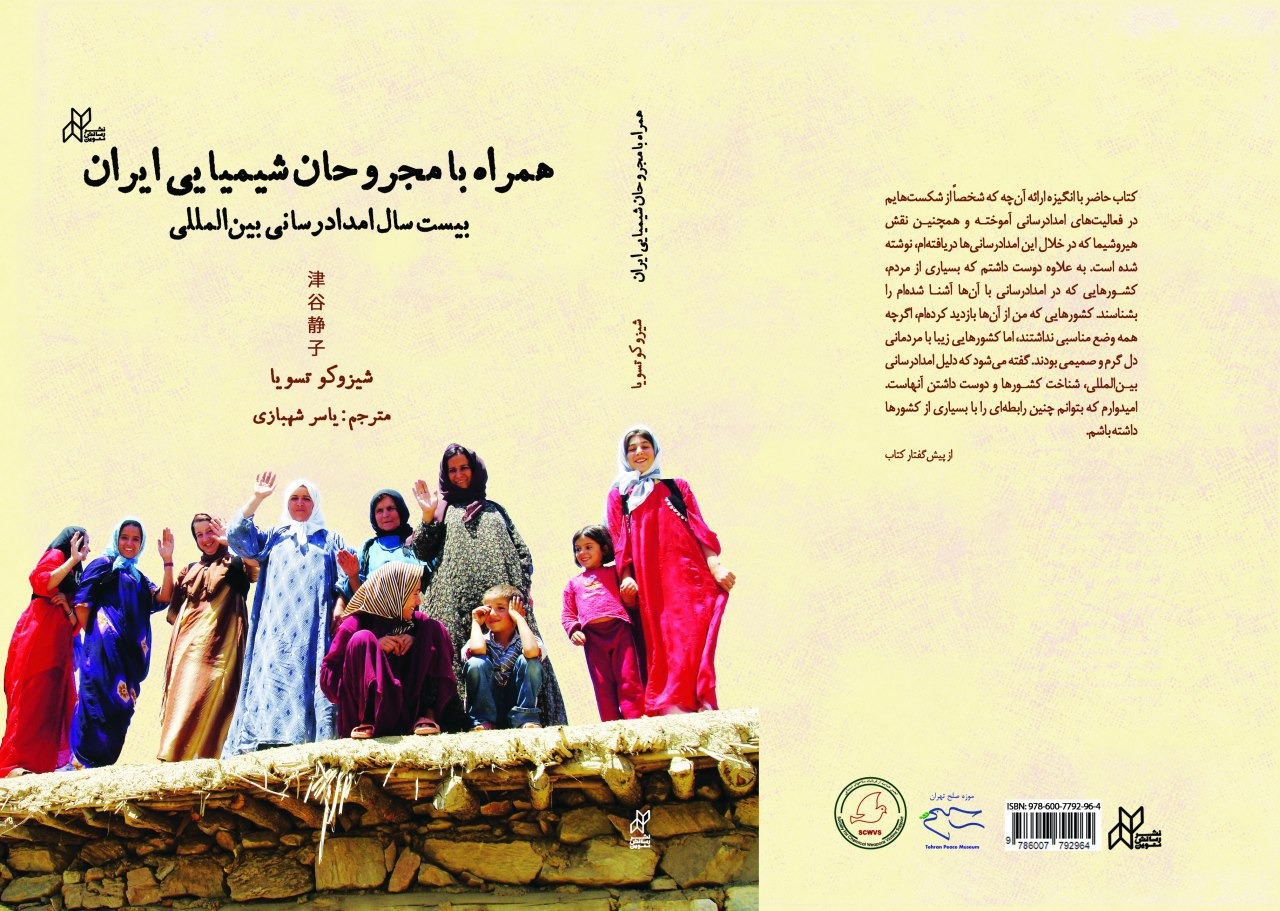
Dr. Shizuko Tsuya
Actor
Dr. Shizuko Tsuya was born in Kashiwazaki, Niigata prefecture of Japan. Her humanitarian work has been the inspiration for production of the Miracle of Bonasan which showcases some of her life and work.
Dr. Tsuya
studied in Tokyo and then moved to Hiroshima in 1982 after getting married. She
was indifferent to love, peace, humanitarian work and helping others in her 20s
and even choosing pharmacology as her major was not for this purpose. This was
the case until her mid-30s when she was suddenly involved in international humanitarian
work.
Her humanitarian
work started in 1994, a few years after the Chernobyl incident. Due to its
experience dealing with victims of radiation, Hiroshima was trying to assist the
Soviet Union Socialist Republics (USSR). After USSR dissolution, many actors’ humanitarian
efforts were disrupted and this is when Dr. Tsuya and her husband’s work started.
MOCT1 NPO was established then for
this purpose by her and her friends. After 10 years, although this humanitarian
aid had satisfied many people in USSR, Dr. Tsuya was feeling powerless and was
considering a hold in aid as she could not meet everybody’s needs.
It was then,
when she registered for Hiroshima Global Peace Plan. This major plan aimed at dispatching
Japanese activists to countries which were dealing with nuclear issues, so they
could conduct some field work and evaluate the services that Hiroshima could
offer. Dr. Tsuya was chosen to travel to Iran, South Africa and Palestine, and
after some preparatory classes to become familiar with the destinations, she
started her trip in April 2004. However, when she and her team arrived in Iran,
they realized that they could not follow their agenda due to political limitations.
After a few days of negotiation with the ministry of foreign affairs, a new
agenda was presented to them by the ministry.
One of the
events was a meeting to learn about the use of chemical weapons (CW) against
Iran during the Iran-Iraq war. This meeting led to a visit to Sardasht, the
first city in the world that has been attacked by CW. It was Dr. Tsuya’s first
encounter with the use of CW against Iran and the huge number of victims who
are still dealing with the consequences of the CW, but their stories are unknown.
Meeting with people of Sardasht and learning about the effects of CW had a deep
impact on her, so much so that at the end of the trip, she decided to continue
this relationship and help these victims.
This relationship was followed up in two major categories by the request of
the Iranian party: 1- medical and research cooperation to discover more about
the unknown effects of CW and their treatment; 2- Giving voice to Iranian
survivors of CW in Japan and the world. This cooperation was later reflected in
many programs such as scientific exchange, holding medical seminars, writing
books, and the presence of Iranian and Japanese delegations in the other
country. This cooperation is still ongoing and the Miracle of Bonasan includes
some examples.
Dr. Tsuya explains in her book, “With Iranian Survivors of Chemical Weapons: 20 Years of International Humanitarian Aid” that she started international humanitarian work because “They asked me to. So, I am starting to see what comes next.” During years, she failed many times, yet she learned a lot from her failures. She felt that people’s need is too much and what she can do is too small. This is when she met Iranian survivors of CW. These people are suffering much and there is no cure for them. It was in such circumstances that their only request was to “please understand us”! Hiroshima’s story has been heard around the world and has received so much empathy. These support and understanding are encouraging and sharing Hiroshima’s experience in receiving help from other parts of the world can play an important role in it. Maybe as Dr. Tsuya says her work with “we do what we can” motto is not the best source of information on humanitarian aid, but it is an example of small-size humanitarian aid and learning skills as one moves forward. This book is sharing such experiences with the audience and includes lessons learned from humanitarian aid to countries like Iran and Russia.
1 MOCT in Russian means bridge.



